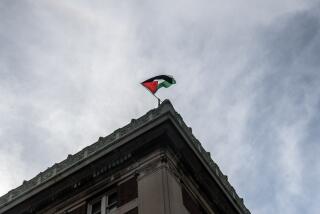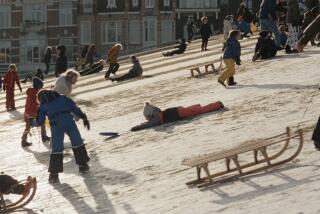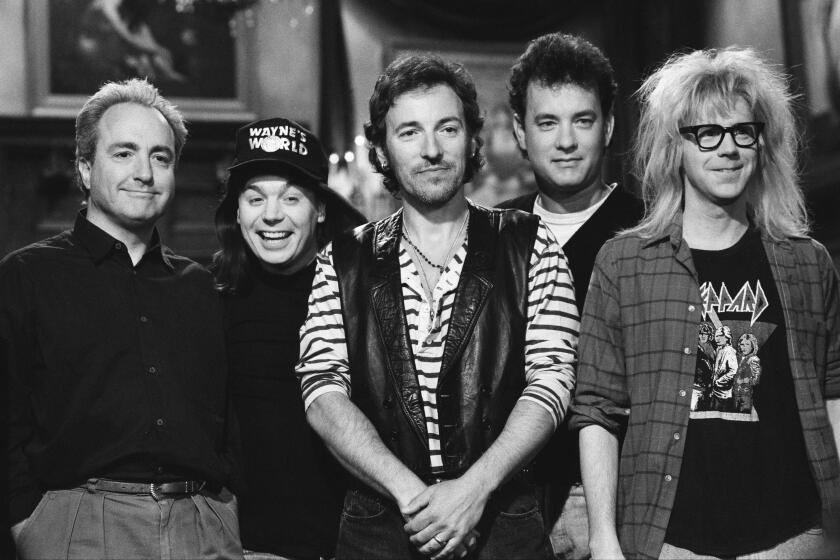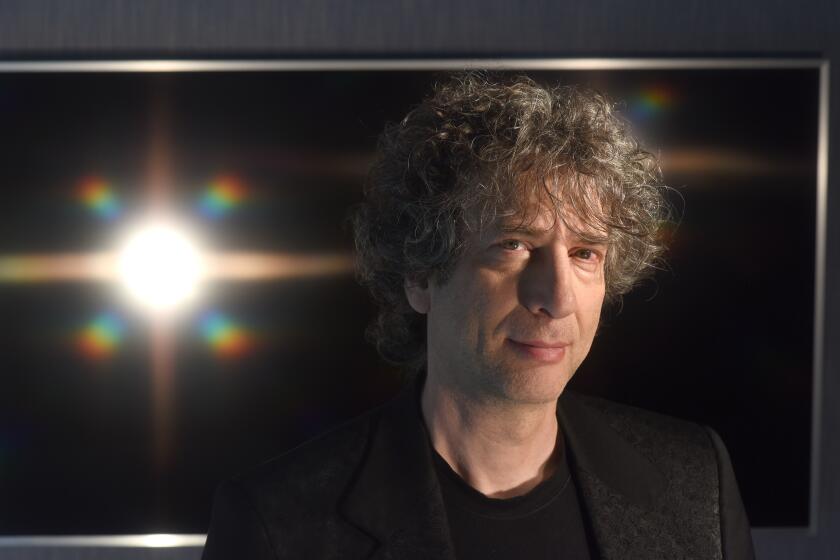NONFICTION - March 8, 1992
- Share via
The last time I saw Warsaw was on 20 November 1944. The Warsaw insurrection had been bloodily crushed; the people of Warsaw had been forced to evacuate the city. The one-time ghetto lay there, nothing but rubble, razed to the ground and utterly still. Here and there a pillar or a girder remained in place. The outer limits of the ghetto disappeared in the mist of the November day. It was here I shot the last frame of the film on which I preserved the dead city of Warsaw. I stood there looking at the ruins. Not even the air stirred. In the distance the thunder of artillery, or was it just my heart beating in my throat? My comrade gave me a nudge. We had to move on. But he, too, could say nothing. Only after we had found the way back and could see the waiting truck and the officer at the end of the street did he utter what had by then become a platitude: “My God, what if we have to pay for all this?”
--From “The Warsaw Ghetto: A Photographic Record” by Joe J. Heydecker (I. B. Tauris/St. Martin’s Press: $29.95). Heydecker was a young German soldier who worked in a propaganda unit in Warsaw. Ashamed of what he saw in the ghetto, he kept his photographs for 40 years before deciding eventually to publish them. He now lives with his family in Brazil.
More to Read
Sign up for our Book Club newsletter
Get the latest news, events and more from the Los Angeles Times Book Club, and help us get L.A. reading and talking.
You may occasionally receive promotional content from the Los Angeles Times.








